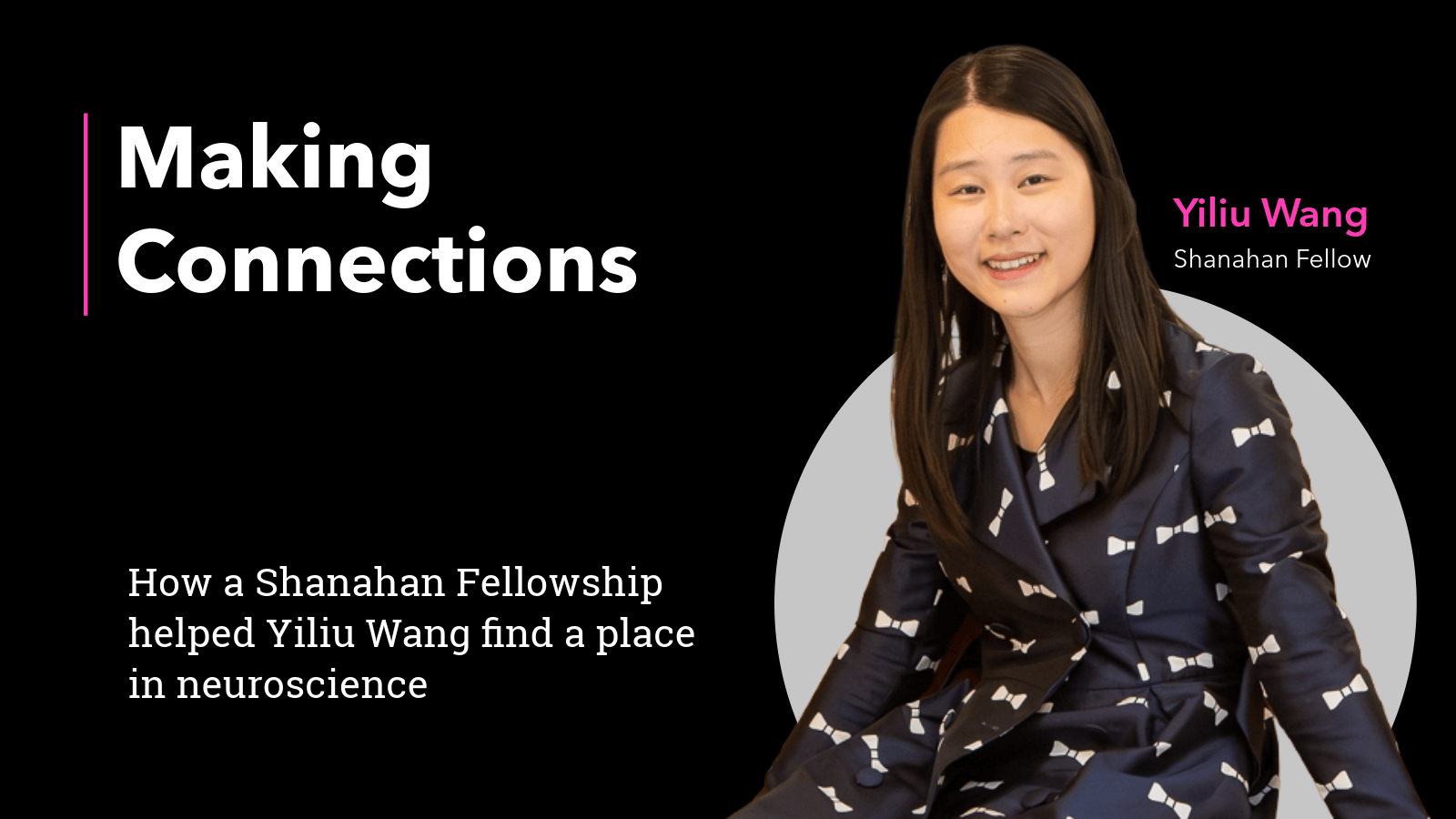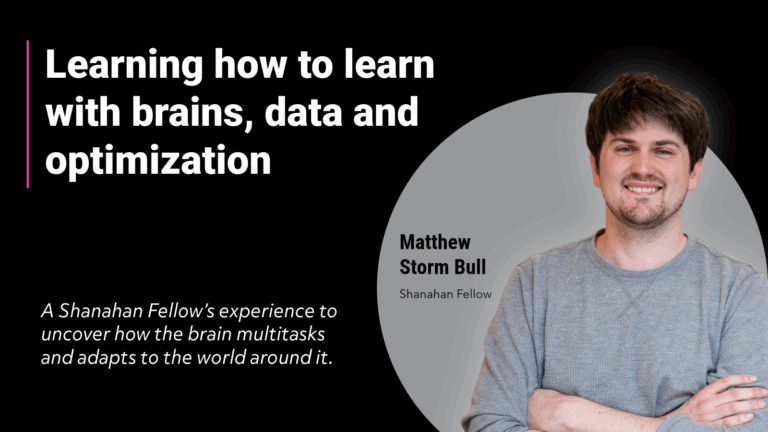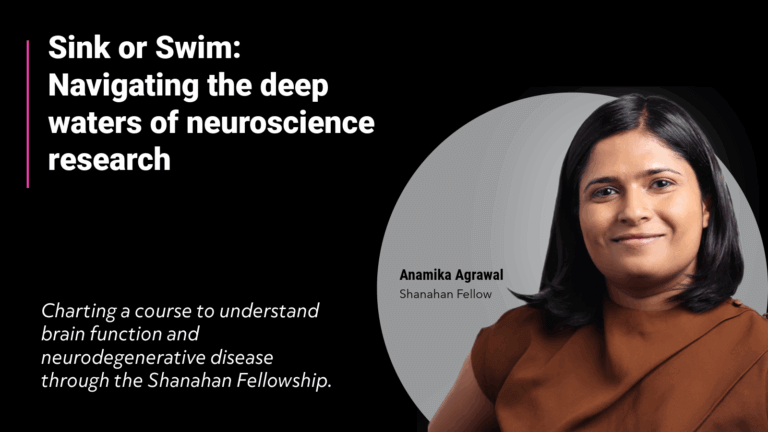Serendipity and Synapses: How a part-time job unlocked a passion for brain-mapping

Amity Addrisi / Allen Institute
MAY 28, 2025
For Sven Dorkenwald, Ph.D., mapping the brain’s connections was more than a job; it became a passion sparked by a simple twist of fate. His journey into connectomics, which is the study of the connections between neurons in nervous systems, essentially its map or wiring diagram, began during his undergraduate years at the University of Heidelberg, Germany, where he was completing a physics degree. Early on, he realized a career in physics wouldn’t be his long-term path, leaving him to search for a new scientific trajectory.
Dorkenwald found that path in computer science, but the decision that begat his current trajectory came somewhat accidentally. Like many students trying to make ends meet, Dorkenwald sought part-time work and eventually landed a job at the Max Planck Institute for Medical Research. There, he manually reconstructed microscopic neural circuits from electron microscopy images—piecing together the tiny connections between brain cells. The tediousness of the task led him to wonder: “Why is this process not automated yet?” While his first attempts at automating his task proved unsuccessful, they opened a door to a programmer position within the group. This role immersed him in the application of machine learning and computer vision to the institute’s high-resolution neural imagery. His undergraduate thesis, which focused on using neural networks to find synaptic connections, not only resulted in his first publication, but also spurred a lasting fascination with connectomics.
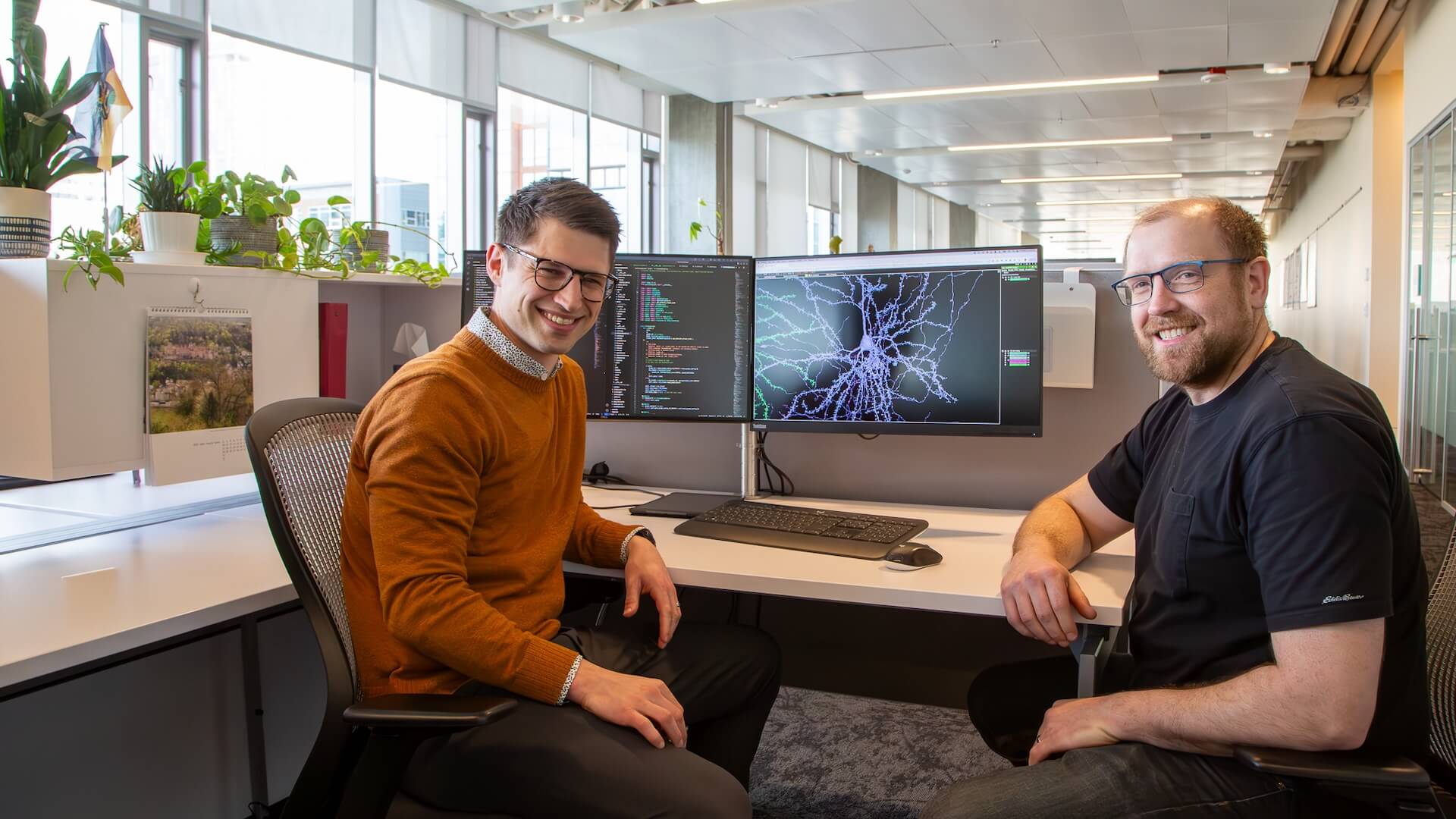
“As a [Shanahan] fellow, I have the independence I hoped for, allowing me to pursue my research and prepare for faculty applications with the help of many mentors,” said Dorkenwald.
Dorkenwald’s growing computational skills, combined with his drive to understand the brain’s mysteries, led him to Princeton University where he earned a Ph.D. in computer science and neuroscienceand developed new techniques for reconstructing neural circuits from electron microscopy. He also spearheaded the groundbreaking FlyWire project, which mapped every connection between neurons in the tiny fly brain. Later, at Google Research, he further expanded his expertise by developing AI tools for efficient neural annotation, identifying, labeling, and characterizing components of the nervous system
In September 2023, upon suggestion from Clay Reid, M.D., Ph.D., senior investigator at the Allen Institute, Dorkenwald began his Shanahan Foundation Fellowship at the Allen Institute and University of Washington. This prestigious fellowship, which supports independent research at the crucial intersection of data science and neuroscience, gave Sven the freedom to explore his research interests in computer science and neuroscience.
“As a fellow, I have the independence I hoped for, allowing me to pursue my research and prepare for faculty applications with the help of many mentors,” says Dorkenwald.
Dorkenwald’s work was also a key component of the MICrONS Project, the largest wiring diagram of the animal brain to date, where he played a leading role building the computing infrastructure necessary for making the complex connectomics data accessible for analysis and for correcting errors in the data. This vital work, which allows scientists to collaborate more efficiently and analyze neural circuit data, is described in Nature Methods and includes the development and application of the Connectome Annotation Version Engine (CAVE). “As my work shifted towards analyzing large circuits, I realized I needed to improve my theoretical and modelling skills,” Dorkenwald acknowledges.
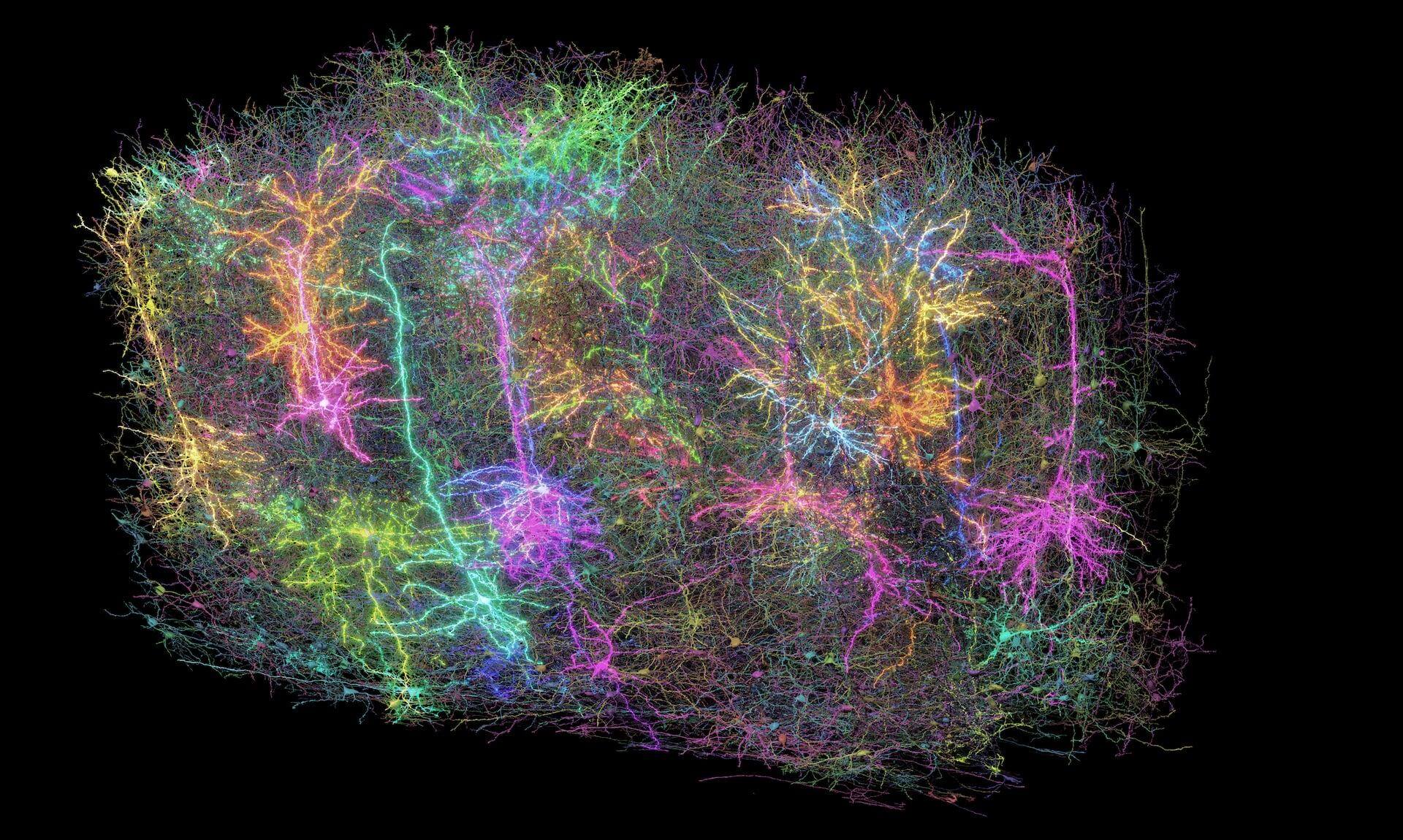
Through the Shanahan Fellowship, he found mentors who were instrumental in his crucial development of theoretical and modeling skills. Dorkenwald says that this mentorship, coupled with the opportunities the fellowship provided, were a significant catalyst for his career: “The Shanahan Fellowship offers a unique opportunity in a great environment.”
“For those pursuing a career in academia, it allows time to build a research program and explore new areas. For computational neuroscientists, being close to experimentalists at the Allen Institute is crucial for a positive feedback loop,” explains Dorkenwald. And he was right, as he just accepted a position as an assistant professor in the Department of Brain and Cognitive Sciences (BCS) and investigator at the McGovern Institute for Brain Research at the Massachusetts Institute of Technology (MIT).
Dorekenwald is preparing to launch his lab this fall to continue his work in connectomics. His story not only illustrates the Allen Institute’s commitment to innovative and collaborative brain science but also underscores the vital role of initiatives like the Shanahan Foundation Fellowship in cultivating future scientific leaders.


